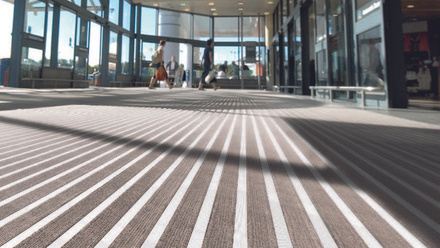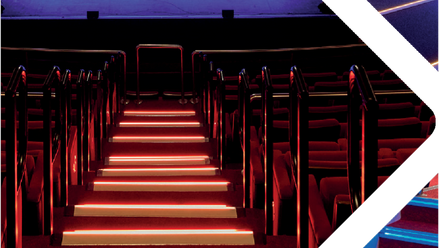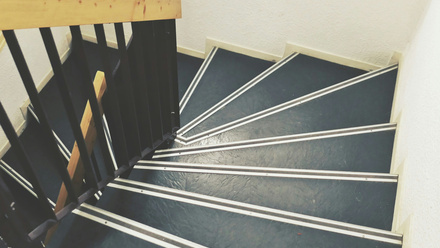Sugarcane-waste construction blocks could 'save 1bn tonnes of CO2'
'Sugarcrete' has been developed by a team at the University of East London's (UEL) Master of Architecture and Sustainability Research Institute (SRI) and sugar supplier Tate & Lyle. It is created by mixing sugarcane fibres left after sugar sap extraction, known as bagasse, with bespoke sand-mineral binders.
Using arable by-products, the researchers claim that Sugarcrete provides a sustainable, ultra-low carbon construction alternative to existing high-carbon materials.
UEL's SRI developed the product over two years. Tests showed that using Sugarcrete instead of concrete reduced curing time to one week (a process that takes up to 28 days).
Researchers also found that Sugarcrete is four to five times lighter than concrete blocks, only uses 15% to 20% of its carbon footprint and substantially reduces costs.
Senior Lecturer in Architecture at UEL, Armor Gutierrez Rivas, said: "Sugarcane is the world's largest crop by production volume – almost two billion tonnes of sugarcane are produced worldwide yearly, resulting in six hundred million tonnes of fibre bagasse as by-product.
"Using a bio-waste based product like Sugarcrete, we could replace the traditional brick industry, offering potential saving of 1.08 billion tonnes of CO2, 3% of the global CO2 production. The built environment generates 40% of annual global CO2 emissions.
"Despite the global aim to hold global warming to 1.5 degrees Celsius, it is estimated that our global built floor areas will double by 2060. Therefore, we must develop alternatives to current construction methods."
As part of the research programme, UEL developed a prototype floor slab made from sugarcane derived from Sugarcrete and used advanced digital modelling and robotic fabrication to test the viability of the ultra-low-arbon materials in construction.
Previous research by architectural practice Grimshaw into interlocking geometries, using the form of the building components to create self-supporting assemblies, allowed Sugarcrete to be deployed as a demountable, reusable, fire-resistant composite floor slab which can be applied, disassembled, or extended in new or existing structures.
This article originally appeared on Construction Manager




